NetRefer’s Cultural Traveller – Tita Takes Us to Romania’s Roads Less Travelled
Vasilica “Tita” Simion – our sixth Cultural Traveller – is an Account Manager at NetRefer. This city girl from the Romanian capital of Bucharest moved to Malta in 2019, with quite a few years in between spent living in Milan. A fun fact about Tita, as her teammates refer to her, is that she’s a competing marathon runner. This is probably why she’s so full of energy and zest, and this transpired clearly as she sat down with us and took us through some of the most beautiful locations and aspects of her native country – Romania.
Unlike the last two countries covered in our Cultural Traveller series – Russia and India – Romania is a relatively small Southeast European country. However, what it doesn’t have in geographical size, it surely makes up for with its lush and varied natural scenery as well as its rich culture and history. From its wild beaches and seaside resorts to lush and airy green stretches of land; from its abundant history with highlights dating back to the Roman Empire up till the recent Communist Regime, with architecture representing different periods and influences, Romania abounds in gems for travellers to discover. Join us and Tita as we start the new year by travelling to the beautiful Southeast European destination of Romania!
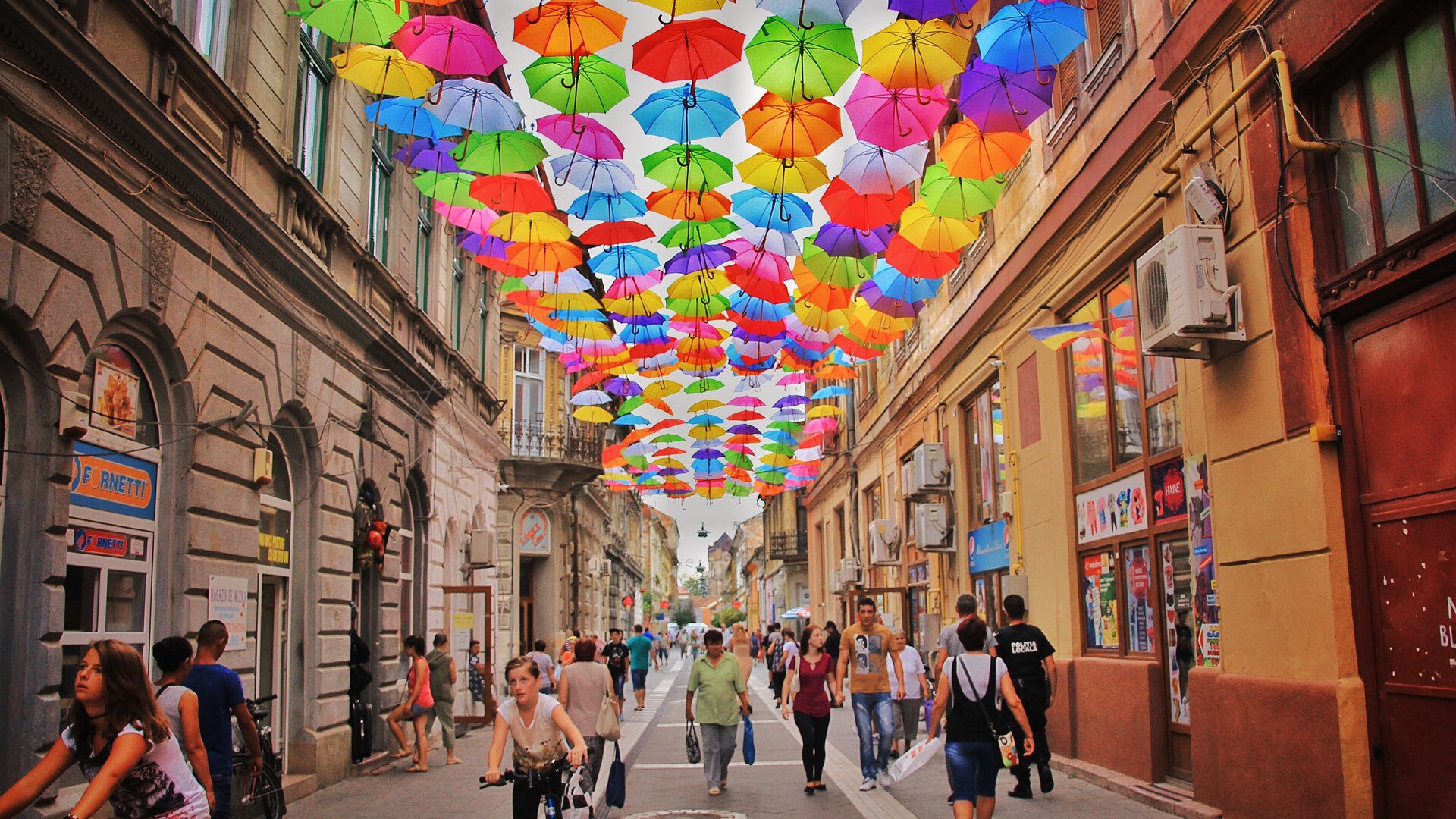
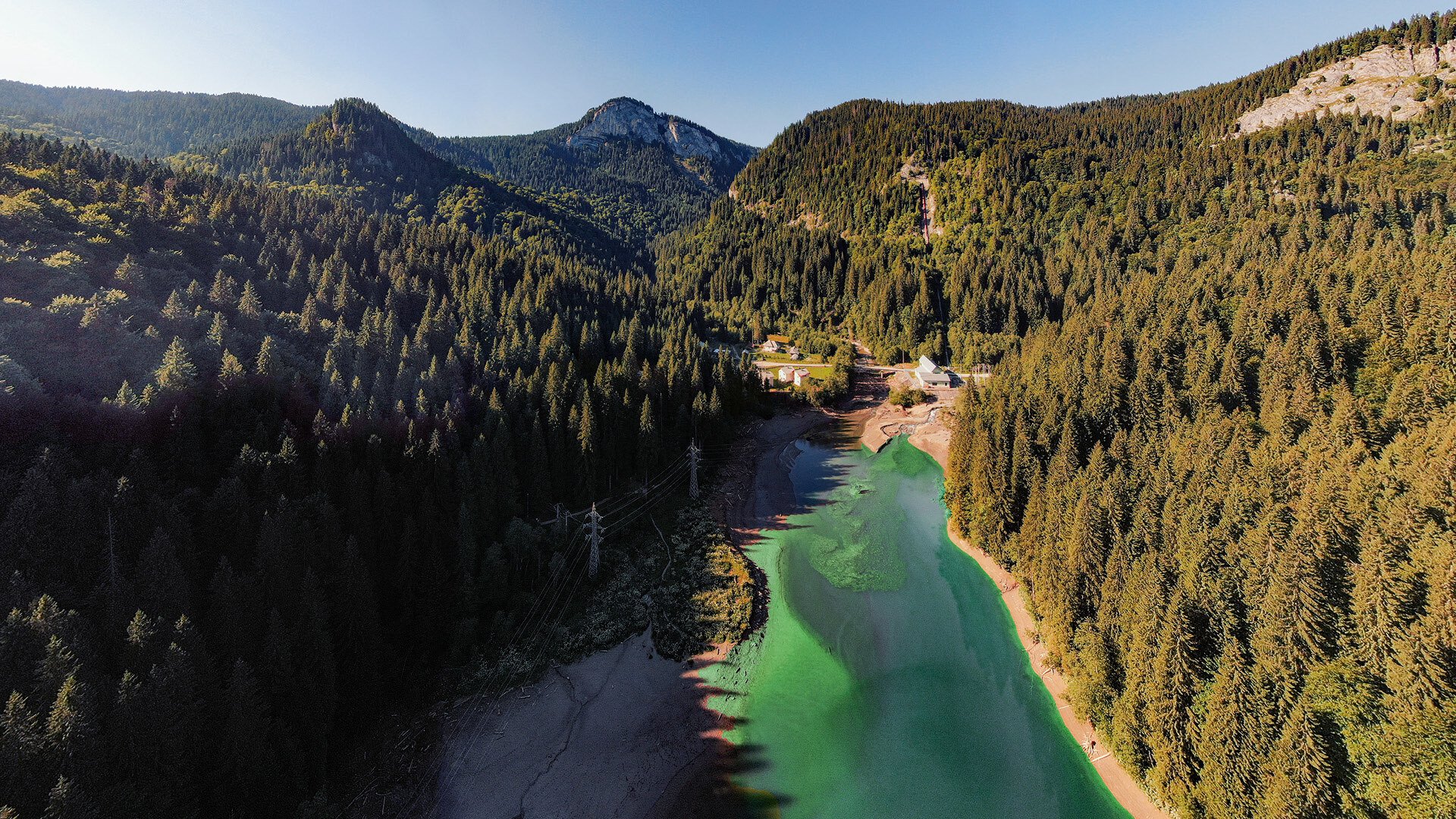
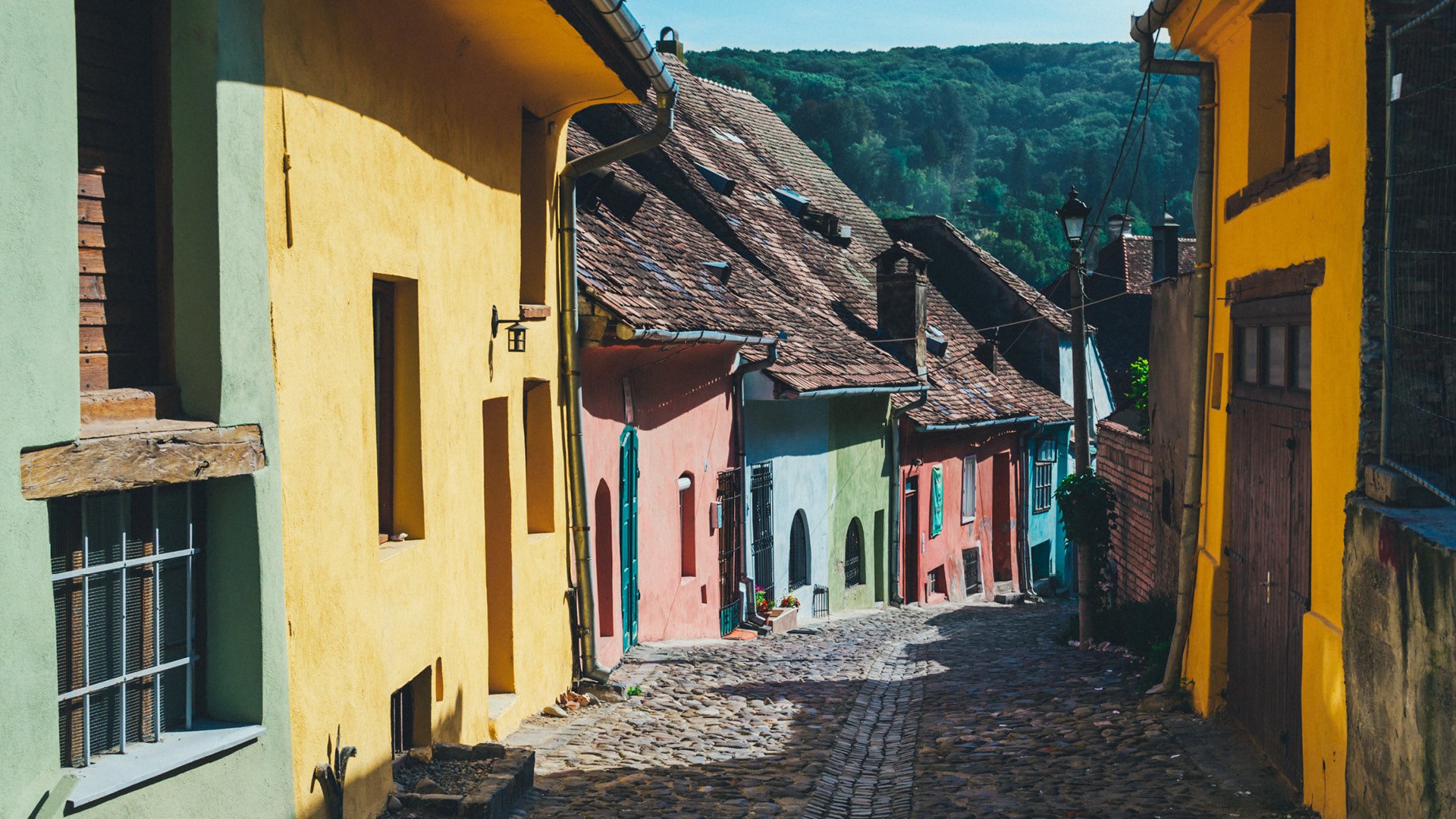
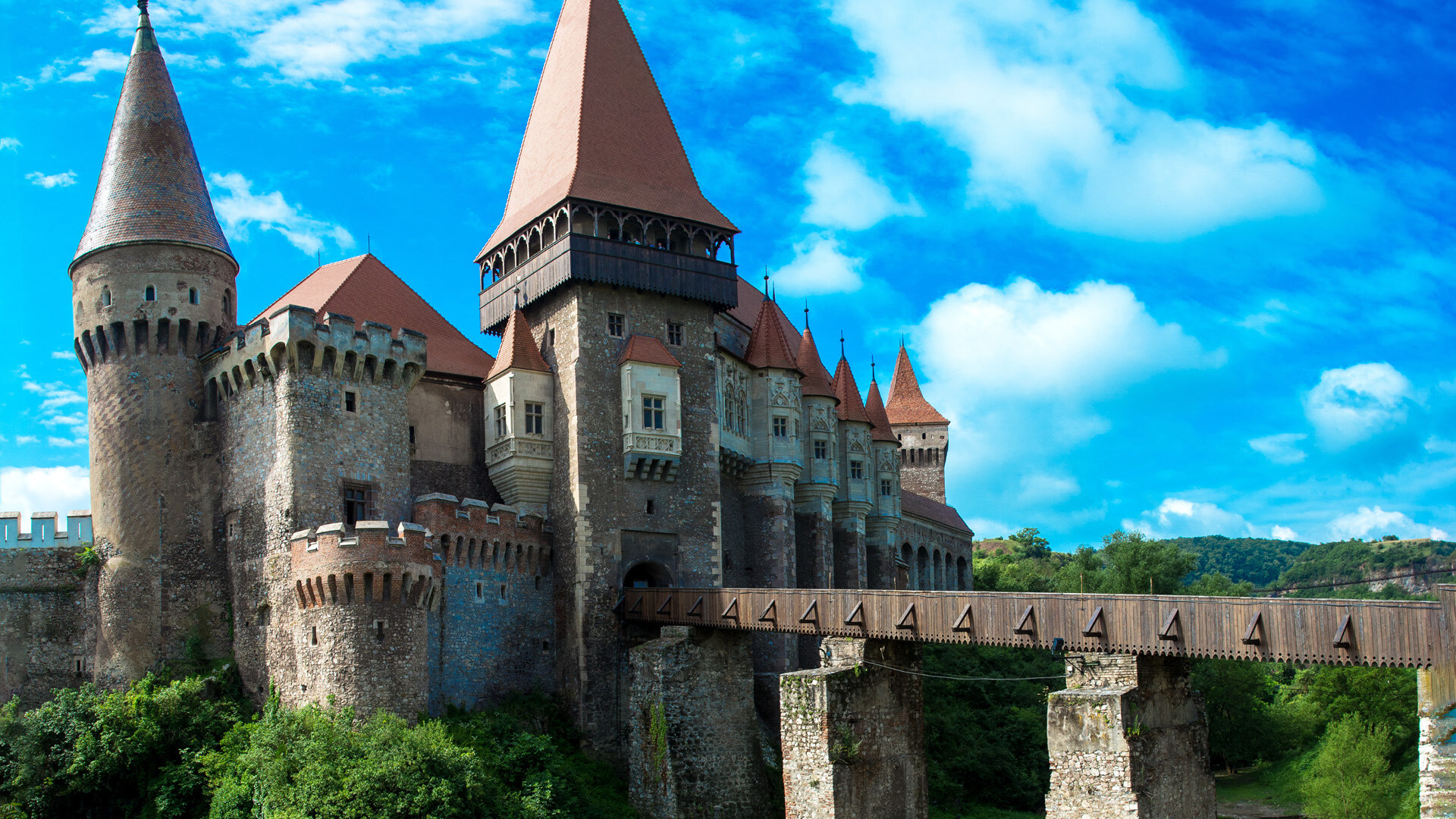
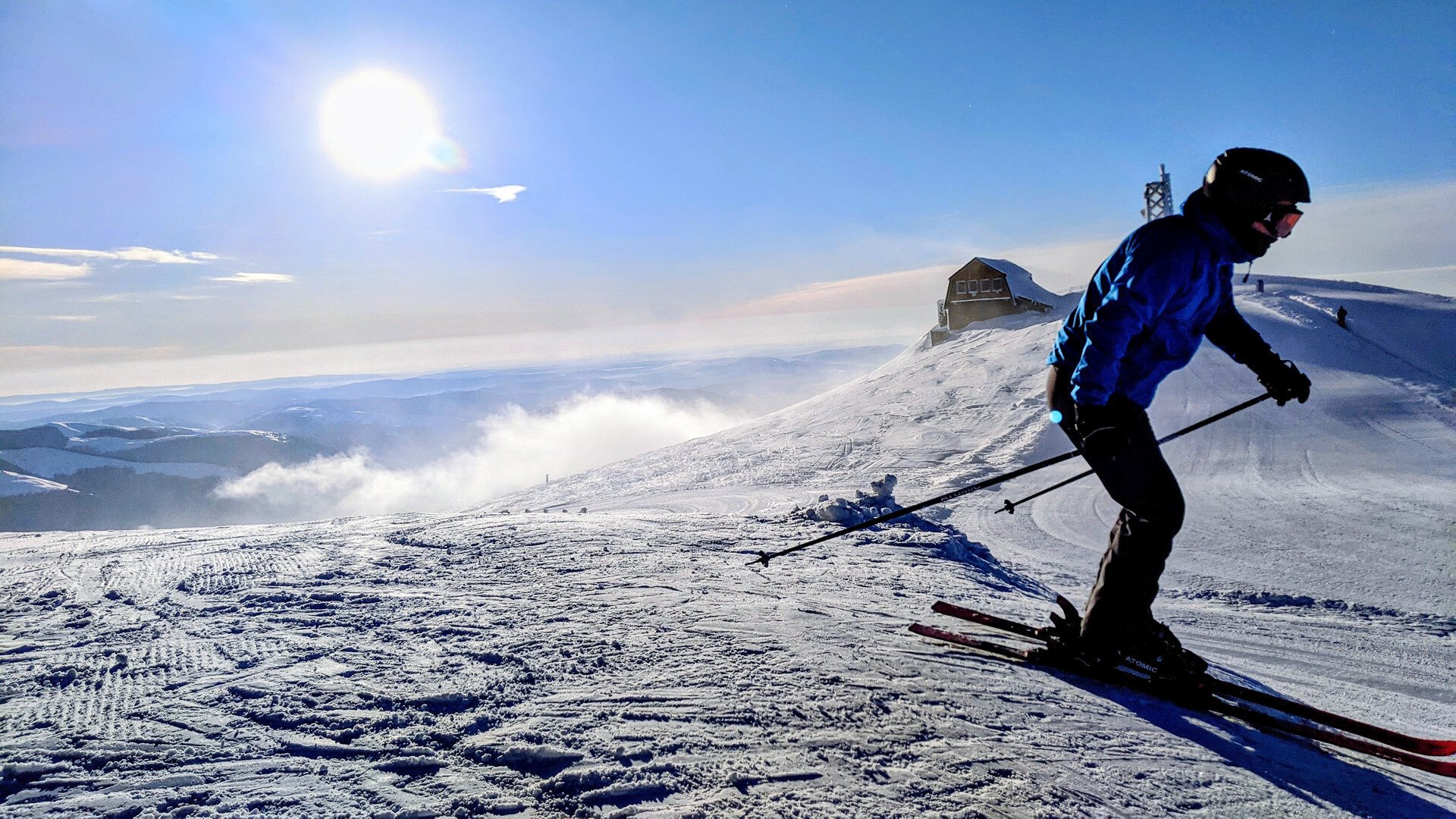
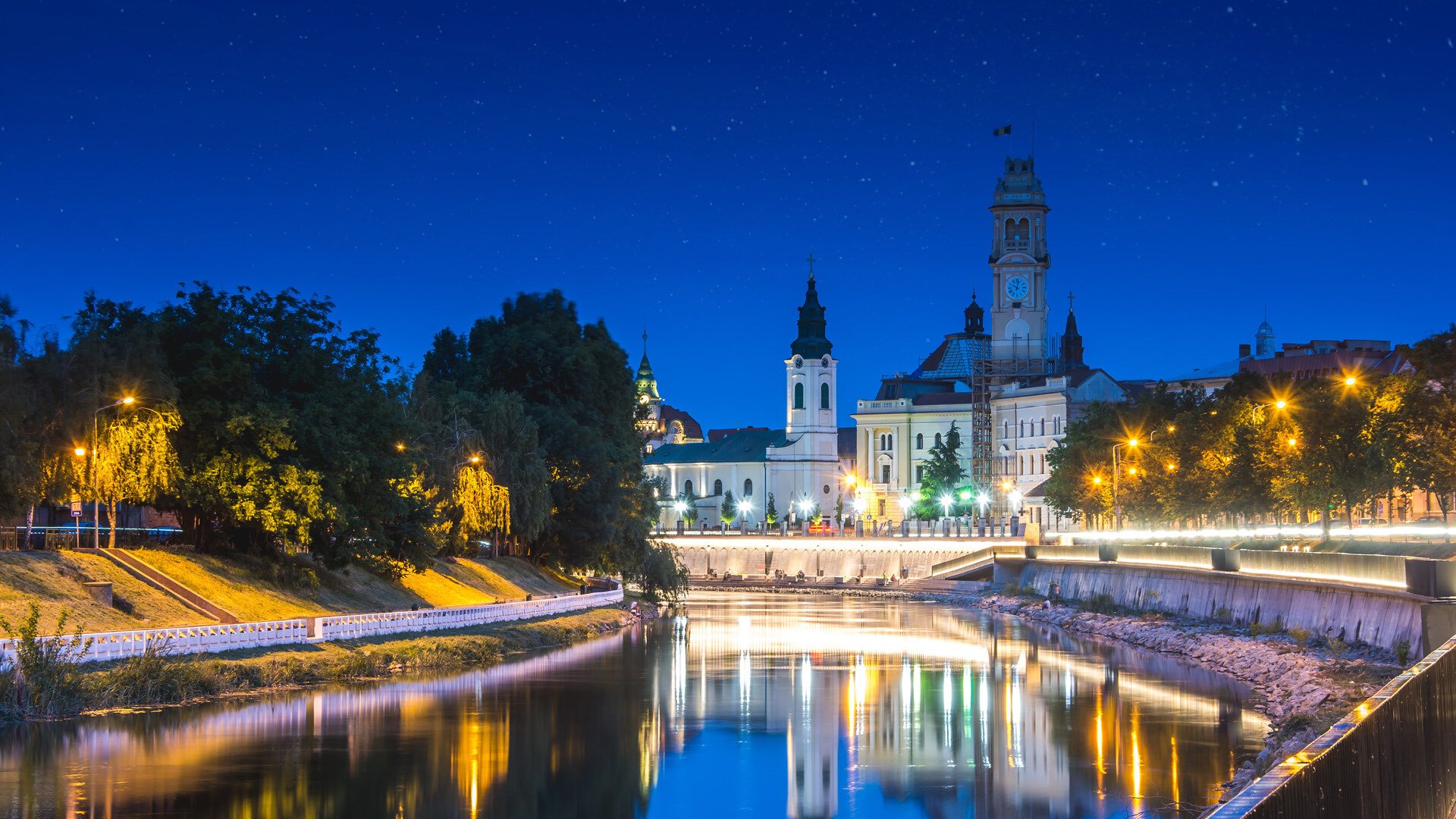
1. What makes Romania unique?
Despite its relatively small size, Romania carries a unique beauty, thanks to its particular geography comprising picturesque natural landscapes.
Some of the most well-known ones to look out for include Varful Moldoveanu, with its highest peak rising to 2,544 metres, and opening onto the Black Sea with beaches characterized by white golden sand.
The Danube Delta is Europe’s second largest one and also the best preserved one on the continent. The greater part of the Danube Delta lies in Romania, with a small part in Ukraine.
The Transfăgărășan is a highway soaring at 2,040 metres above sea level, offering views of Romania’s pristine nature. Former Romanian communist ruler Nicolae Ceaușescu had it built in only 4 years. Former Top Gear presenter Jeremy Clarkson recognized it as ‘the best road in the world’, as driving on it can be the experience of a lifetime.
2. What are some of the features that set Bucharest apart from other cities and towns?
Bucharest is Romania’s capital and largest city. Originally mentioned in documents in 1459, it became capital in 1862. It earned the title of ‘Little Paris of the East’, especially due to its elegant architecture, some of which is similar in style.
Its architecture is a mix of traditional and modern. The Palace of Parliament (Casa Poporului) is the second most expensive and second largest building in the world. On the more modern side, there’s the Skytower high rise, standing at 37 floors. Not far off, there’s the Fire Tower, built in 1715. And, when walking along Calea Victoriei, you can see new and glowing building next to the ones built at the beginning of 19th Century, designed in the neoclassical style.

3. What are staple historical sites any visitor should see in Romania? How about ones off the beaten track?
Romania is rich in history and historical sites. But if you’re travelling there and you need to trim down your list to the bare essentials, here are some. Starting with Histria, one of the oldest archeological sites of Romania, it’s located near the city of Constanta.
One of the most iconic ones is Bran Castel. You cannot mention Romania without knowing who Dracula is. While the vampire legend that stuck with us was the result of Bram Stoker’s work, it was inspired by a real historical figure – Vlad the Impaler – and legend has it that the castle was his residence. Part of it was converted later into a museum which exhibits several objects related to royal people like Queen Mary who resided in the castle later on. But for those who are feeling adventurous, you can actually reserve a room to stay the night and sleep in a coffin!
Peles Castel is also a castle, but one that’s a stylistic far cry from Bran Castel. Located in Sinala and a popular destination in summer, here, you’ll witness the grandeur of the Romanian royal family. This late 19th century castle was built by Romanian King Carol 1. It was the first palace in Europe to have an electric connection and central heating system of its own. Now, it houses a museum that exhibits spectacular royal things for visitors.
Alba Iulia Fortress is one of the biggest fortifications of its kind in Europe. Inside this compound, there are some of the most important civic buildings of Alba Iulia, including the cathedral, university, and the remains of the Roman legionary camp and baths. Romania was one of Rome’s most prized colonies during the time of the empire.
The Endless Column Complex is the work of Constantin Brâncuși (1876-1957). This ensemble is considered to be a masterpiece of art and engineering, hailed to date as one of the great works of 20th century sculpture worldwide.
On a very different and slightly odd note, you’ll want to visit The Merry Cemetery, situated in Săpânța, Maramureș County. There are hundreds of darkly humorous gravestones with curious and eyebrow-raising epitaphs to keep you reading for hours.

4. If someone’s a foodie, any particular types of food or drink and spots to try them out you’d recommend? How about if you’re a sweet tooth? How about food tours?
Each part of the country has its own unique culinary habits: in the northern part of the country (Bucovina), you’ll taste the most delicious cheese pies and cabbage rolls, accompanied by some horinca or palinca – two very strong spirits that aren’t too different from grappa. These can have an alcohol content of up to 86%.
Heading down to the middle of the country, you’ll arrive at Carpati Mountains. Here, you can taste bulz – a sort of rice ball but with polenta and melty cheese inside. Then, there’s pastrama, usually cooked as a stew or deep-fried sheep meet. You’ll also find a lot of different stuffed/grilled types of venison (hunted) made from wild boar, deer, rabbit or quail.
Further down south, near Black Sea and Danube Delta, you can taste different types of soup and stew as well as grilled or fried local fish.
5. If you’re an outdoors/trekking type of person, where would you go?
Most certainly, your top destination would be up on our mountain peaks. Watching the sun rise or set as well as the water flowing below, such as in Cascada Bigar, Cascasda Cailor, Cascada Balea make for some truly breathtaking sights. You can also just enjoy a different view of the mountain trails, such as Canionul 7 Scari, Valea Lui Stan and Jepii.
If mountain trails are not your thing, you can always go trekking along Berca Mud Volcanoes or sailing on the Danube’s Big Boilers, and of course on the Danube Delta.

6. If you want to go on an art/cultural tour, what are some good spots to visit?
Romania’s art scene is a very prolific one. When visiting museums, you will want to keep an eye out for the works of painters such as Ștefan Luchian, Nicolae Grigorescu, Nicolae Tonitza, Theodor Pallady, and more recently, Sabin Bălaşa and Adrian Ghenie – a young artist, whose most famous work was sold for 6 million euro. Whereas Romania’s most famous sculptor is Constantin Brâncuși.
In the Romanian world of literature, you’ll find poets such as Mihai Eminescu, Ion Creanga and Nicolae Iorga, and novelists include Herta Muler, who was born in Banat, near Timisoara, in 1953. She was awarded the Nobel Prize for Literature in 2009.
7. Is there a good public transport infrastructure? What is the best way to get around town?
The most convenient way to get around Bucharest is the subway. Other cities also have a tram system as well as buses, taxis, uber. People also often travel in shared cars or private ones.
8. What are the best seasons to visit Romania? And does it change a lot from one season to another?
Each season has something to offer, and it all depends on what you want to do or where you want to visit while you’re there.
If you’re more into water sports or going to the beach, then summer’s a no-brainer. Any time from mid-July until September is the best. Of course, hikes up the mountains when everything is green are also highly recommended.
If you prefer the snowy season, you should visit between November and February.
If you want to see over 360 bird species and unique and amazing flora, then Danube Delta in spring – March to April – has to be on your list.

9. What are some customs/manners/Romanian expressions one should know when visiting?
When meeting someone for the first time, greetings tend to be formal and reserved. However, once people break the ice and grow familiar with one another, they tend to become more casual.
Upon first contact in a formal setting, it’s customary to shake hands while keeping eye contact. Men may want to wait for women to extend their hands first, although this rule is not carved in stone. Although, it’s a good idea to remove any gloves before shaking hands in any case.
With close friends, there’s more physical contact. They generally greet each other by hugging and kissing. Romanians give two kisses, one on each cheek.
Some old-fashioned Romanians still kiss a woman’s hand when meeting. It’s not recommended that you copy this. It may surprise some people as they would consider it outdated.
Romanian has different greetings based on the different times of day. Also, there are different ways of saying that it’s a pleasure to meet someone. Here are some of the most common ones:
“Good morning” is bună dimineața.
“Good afternoon” is bună ziua.
“Good evening” is bună seara.
“Good night” is noapte bună.
“Glad to meet you” is Mă bucur să te cunosc.
“It’s a pleasure to meet you” is Îmi face plăcere să te cunosc.
“It’s very nice to meet you” is Este o plăcere să te cunosc.

10. What kind of nightlife can visitors enjoy? Any locales you’d recommend for that?
Each Romanian city has a very active nightlife, with București, Constanța and Lași having the most spectacular nightclubs. These include Chaboo, Bellaggio, Gaia, Bamboo, Ego, Fratelli. These may be somewhat exclusive, so if you are looking for a low-cost way to have fun, you can head to the old city where parties are happening on the streets.
During summer, the seaside cities Constanța or Vama Veche become Ibiza of sorts as they host many beach parties.
11. What activities do you recommend for people travelling with kids?
Therme Bucaresti is a giant indoor spa and wellness centre with waterfalls, pools, Himalayan salt walls and lush verdure as well as other amenities such as restaurants, cafes, saunas. It’s a real treat, especially if you want your kids to have fun while you get some quality R&R.
Another option if you prefer to be out and about in nature are adventure parks, of which Romania has a lot to offer due to the lush and widespread natural scenery.

12. How easy is it to make friends with the locals?
Generally speaking, Romanian people are very open, friendly and sociable, as you’d expect from most Southeast European countries. A fair number of people are paradoxically patriotic but at the same time, they tend to be critical of their nation. Many Romanians are also very family-oriented.
13. How safe is Bucharest? And are there any specific areas to look for hotels and ones to avoid?
Bucharest is safe for the most part. However, you are best off staying away from an area called Ferentari, considered widely as the most dangerous neighbourhood in the city.
14. Is it acceptable to haggle or is it considered rude?
It’s not really that common anymore, so it might be better not to do it to avoid awkward situations.

15. What are the best beaches to go for a swim? How about ones for partying? If the same beaches are used for both purposes, does this change from one season to another?
Constanța is a city bordering the shores of the Black Sea. Apart from being popular with beach and beach party lovers, it has its own rich share of beautiful architecture and other cultural icons. Mamaia Beach and Constanța Beach are two of the most frequented beaches. There’s also Vadu, a seaside village with its wild beaches. And on the economical side, the seaside resort of Năvodari is a good choice.
Alternatively, Gura Portiței in Tulcea also offers some attractive wild beaches.
16. What are some less mainstream souvenirs travellers should look for?
Martisor, a traditional red and white string tassle is traditionally given out on 1st March as a talisman for good health and luck. Nowadays, it’s become a symbol for friendship, love, appreciation and respect.
Other curious souvenirs with a fun twist you can get include Dracula-themed memorabilia from Bran Castle.

17. What would you recommend to tourists who want to take boat rides/tours around the city?
As already mentioned, the Danube Delta is a sight in itself, and sailing on it gives you a more infield experience and perspective of it.
18. Where can tourists go for shopping? And what kind of things can they shop for?
All big cities have shopping malls. Bucharest alone has at least 10 huge malls. If you’re shopping for expensive brands, you’ll find brand shops along Piața Victoriei.
19. What are some festivals or concerts to look out for? How about local fiestas/festas?
Romania has a good number of music festivals that attract revellers from other countries. Some of the most well known ones include Untold, held in Timisoara and Saga in Bucharest. For something on the seaside, Neversea music festival in Constanta. And for a more eclectic selection of music in a very particular setting, Electric Castel in Transylvania.

20. What extreme sports can you try in Bucharest?
Bucharest is no stranger to extreme sports. Many people – both local and foreign – can get their fix of adrenaline and adventure skydiving, kitesurfing, rafting and diving.
21. What’s the most popular sport in Romania? If you’re a fan, what’s the best time of the year to be there to catch pro level matches?
Romanian football has a huge following and is widely considered as the most popular sport. Players such as Hagi, and back in 1986, the goalkeeper Helmut Ducadem, are revered as national heroes of sorts. The latter was dubbed The Hero of Seville, after stopping four penalty shots in the European Cup Final against Barcelona, winning his club Steaua București the match.
Apart from football, Romania is also known for its performance in gymnastics in world Olympics. Nadia Comăneci set a world record by being the first ever gymnast to get a perfect 10 score at the Games in Montreal in 1976. Nadia is now hailed as a living legend!
Join the colourful, diverse team that is NetRefer. Meet other Cultural Travellers, share your experiences and make many more memorable ones. You belong here!
